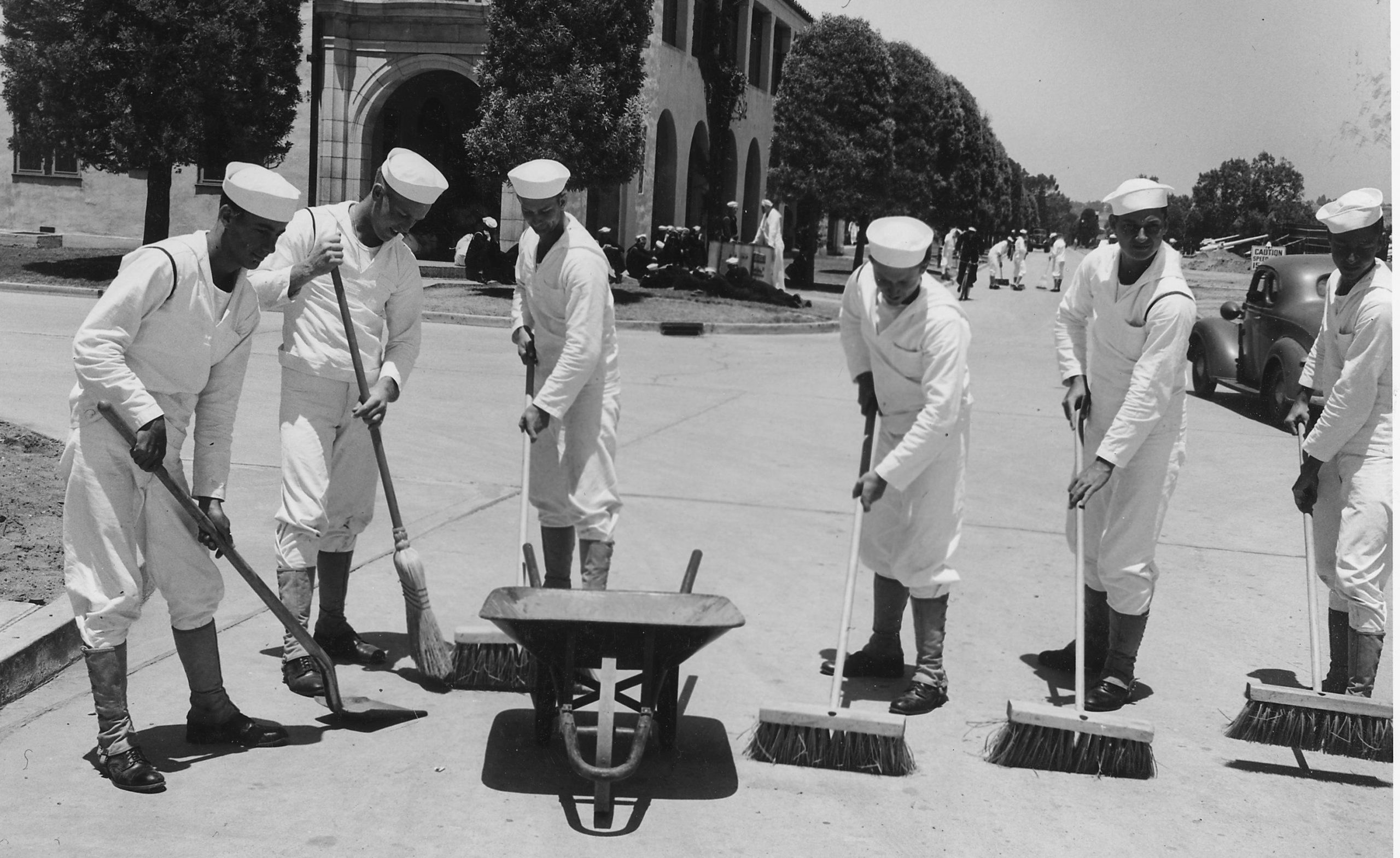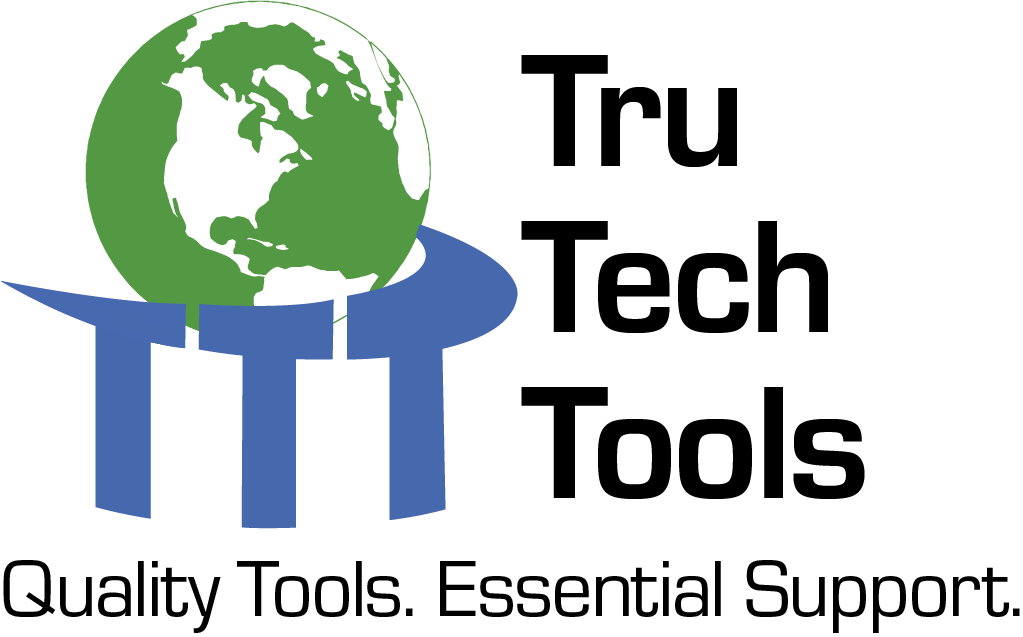Get Tech Tips
Subscribe to free tech tips.
HH vs. EK Filter-Driers: Technical and Field Comparison
When we think of HVAC system components, the big four come to mind: evaporator, compressor, condenser, and metering device. However, there are several accessories that keep the HVAC system working as intended, and the filter-drier is one we cannot ignore. Filter-driers protect HVAC/R systems by removing moisture, acids, and debris from refrigerant. In typical residential HVAC systems, they’re usually installed on the liquid line, but suction line filter-driers also exist and may be installed to clean the system after a burnout. Heat pumps also have special bi-flow filter-driers that allow refrigerant flow in both directions.
Two common types are HH and EK driers, each serving a unique purpose for use in different scenarios. EK driers are general-purpose liquid-line driers, while HH cores (found in Sporlan Catch-All models) contain activated charcoal specifically for heavy contamination cleanup (i.e., compressor burnouts).
Media Composition & Construction
The differences between HH and EK filter-driers lie in both the materials themselves and their designs. Each one uses a different desiccant mix. There are three main desiccants used in filter-driers, and each one is designed to remove a different contaminant:
- Molecular sieve — Moisture
- Activated alumina — Acid
- Activated carbon — Wax & Oil breakdown
All of these materials interact with contaminants in some form, but they primarily remove contaminants via adsorption. Adsorption happens when molecules cling to a surface and remain there or inside pores in the material.
EK filter-driers have a blend of approximately 75% molecular sieve and 25% activated alumina. Unsurprisingly, this filter-drier shines at moisture removal and is a pretty solid acid remover, too, making it a good candidate for systems that use POE oil. The molecular sieve and activated alumina have a compacted bead design under spring pressure. The spring pressure at the inlet keeps the desiccant constantly compacted, allowing it to remain effective even after it has removed quite a bit of moisture and contamination. You can see these components in the image below.

EK filter-driers also use a two-tiered filtration method—40-micron surface filtering and 20-micron deeper filtering—far exceeding the industry-standard 40-micron filtration. They can also hold more grit than most filter-driers: about 13 grams to the industry-standard 8 grams.
HH filter-driers contain molecular sieve and activated alumina in their cores, but they also have activated carbon to help with burnout cleanup. Oil breakdown and wax are two byproducts of burnout, and as thorough as the EK filter-drier may be for generic contaminants, its core isn’t designed to remove those.
HH filter-driers also have a different core design. Instead of having a bunch of beads compacted by spring pressure, it’s a molded, solid block. The activated carbon inside is great for adsorbing wax, resin, oil, and sludge, but it doesn’t have the same moisture removal capabilities as an EK filter-drier—only about 30-45%.

Credit: Parker-Sporlan Bulletin 40-10
Quick Performance Comparison
In a 1v1 battle based on the type of contaminant we want to remove, here is how each filter-drier type would fare:
Moisture
Since HH filter-driers sacrifice moisture removal capacity for their burnout cleanup capabilities, the EK filter-drier with its 75% molecular sieve core is an easy victor.
Winner: EK filter-drier
Acid
Both types are designed to handle acid cleanup, but the EK filter-drier has less acid removal capacity than moisture removal due to its 25% activated alumina composition. However, it can handle typical operational contamination just fine. On the other hand, the HH filter-drier was designed for more severe burnout scenarios, meaning one should expect its acid removal capabilities to exceed those of a filter-drier for ordinary operation.
Winner: Ultimately, it depends on what you need, but the HH filter drier is better for major acid removal situations.
Wax & Sludge
The EK filter-drier has NO activated carbon, and it is not designed to remove heavy organic contaminants in burnout cleanup applications. On the other hand, that’s precisely what the HH filter-drier was designed to do due to the activated carbon in its core.
Winner: HH filter-drier
Service Considerations (Service Life & Pressure Drop)
When you install a brand-new filter-drier, there should be very little pressure drop across it. The type shouldn’t make much of a difference; sure, the core designs are different, but that shouldn’t matter until the filter-driers actually start catching contaminants.
Pressure drops happen when the filter-driers start clogging. Since HH filter-driers are designed to catch heavy organic contaminants, they will clog faster than EK filter-driers that just remove moisture and mild acid. We also typically only deploy HH filter-driers for cleanup. Ordinary operational debris will eventually clog EK filter-driers, but they’re quite effective at handling those.

In any case, some good rules of thumb for both types are to replace the filter-driers when they reach 1–2 PSI on the suction line and about 3 PSI on the liquid line. Suction line driers aren’t that common and are usually just used for cleanup in residential HVAC, but a restriction causing a 2-PSI pressure drop on the suction line will derate performance more than it would on the liquid line.
Each filter-drier has a different service life. HH filter-driers are short-term solutions and can usually be removed once the system is acid and sludge-free. A typical cleanup procedure would require you to install a new compressor and suction line filter-drier. Then, run it and check acid levels every 24–48 hours. You should replace the filter-driers as long as there is acid and repeat this process until there is no more acid. Once you can prove that the system is acid-free, that’s your cue to remove the filter-drier for good and replace it with a standard-core filter-drier.
EK filter-driers are designed for regular operation and can usually remain in the system until the next major service.
Recommended Applications
Parker-Sporlan and Copeland are two major filter-drier manufacturers, and they offer consistent usage guidelines:
- General use: standard cores (EK fits here)
- Burnout: specialized charcoal or HH cores
That’s pretty broad, so here are some more specific use cases:
HH Driers
- Hermetic (sealed) compressor burnout cleanup
- Low-temp refrigeration with wax issues
- Post-contamination flushes

Credit: Parker-Sporlan Bulletin 40-10
EK Driers
- Routine new installations and standard service
- Moisture control in residential and commercial liquid lines
- Heat pump (bi-flow) models for reversible systems

Key Takeaways and Resources
At the end of the day, the EK filter-drier is an excellent choice for typical system operation and light moisture and acid removal. It just doesn’t have the ability to remove the heavy organic contamination that happens in burnout situations. Similarly, HH filter-driers excel at removing heavy organic contamination, but they do so at the cost of moisture removal. HH filter-driers are great for cleanup but just don’t have the same performance as EK filter-driers in everyday applications.
In short, EK is great for general use, and HH is the better choice for heavy-duty cleanup.
Filter-drier manufacturers have some great information in bulletins and manuals. We’ll link some down here in case you want to read more:
- Copeland White Paper: EK Filter-Drier
- Copeland Catalog: BOK Filter-Drier (HH Desiccant)
- Parker-Sporlan Bulletin 40-10: Catch-All Liquid & Suction Line Filter-Driers
Jim Jansen from Parker-Sporlan also gave a presentation at the 4th Annual HVACR Training Symposium about contaminant cleanup with filter-driers, which we’ve released for public viewing HERE. Jim Fultz and Jim Hagl also talked about Copeland filter-driers on the podcast, which you can listen to HERE.











Comments
To leave a comment, you need to log in.
Log In